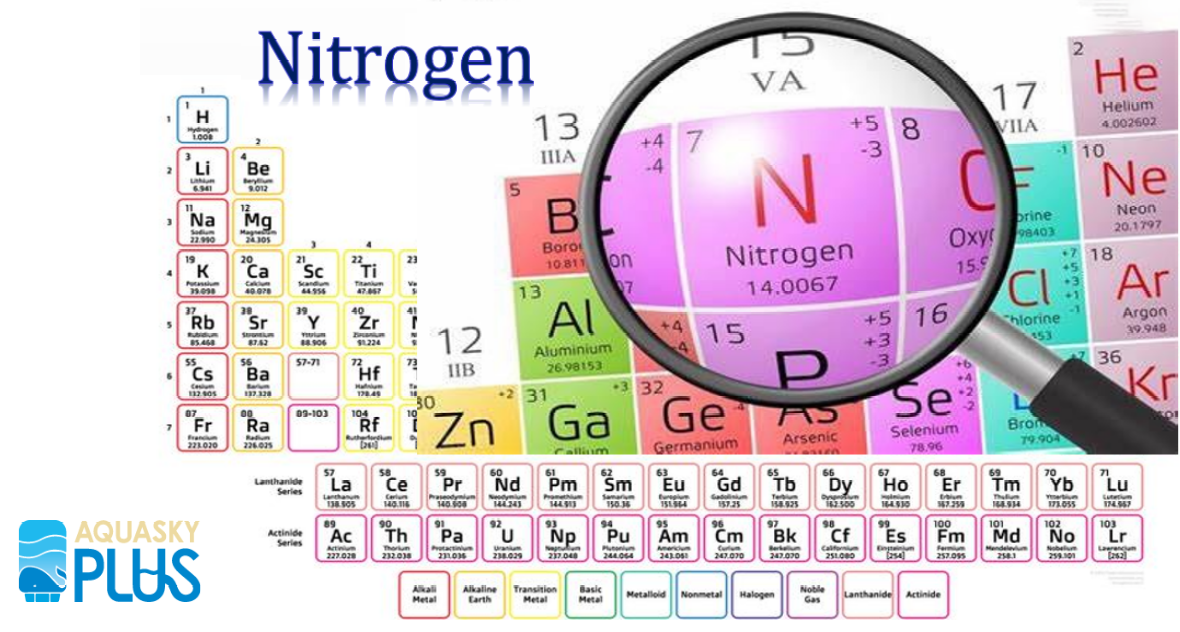Nitrogen introduction |Aquasky

It was first discovered and isolated by Scottish physician Daniel Rutherford in 1772. Although Carl Wilhelm Scheele and Henry Cavendish had independently done so at about the same time, Rutherford is generally accorded the credit because his work was published first. The name Nitrogen was suggested by French chemist Jean-Antoine-Claude Chaptal in 1790 when it was found that nitrogen was present in nitric acid and nitrates.
Nitrogen is the chemical element with the symbol N and atomic number 7. Nitrogen is a nonmetal and the lightest member of group 15 of the periodic table, often called the pnictogens. It is a common element in the universe, estimated at seventh in total abundance in the Milky Way and the Solar System. At standard temperature and pressure, two atoms of the element bind to form N2, a colorless and odorless diatomic gas. Nitrogen is almost an inert diatomic gas, and its chemical properties are extremely inactive. The gas molecules are larger than the oxygen molecules, and it is not easy to expand and contract with heat, and the deformation range is small.
N2 forms about 78% of Earth's atmosphere, making it the most abundant uncombined element. Nitrogen is an essential element for all forms of life, primarily in amino acids (and thus proteins), in the nucleic acids (DNA and RNA), and in the energy transfer molecule adenosine triphosphate. The human body contains about 3% nitrogen by mass, the fourth most abundant element in the body after oxygen, carbon, and hydrogen. The nitrogen cycle describes the movement of the element from the air, into the biosphere and organic compounds, then back into the atmosphere.
Nitrogen is important to the chemical industry. As ammonia, nitric acid, organic nitrates (propellants and explosives), and cyanides contain nitrogen. The extremely strong triple bond in elemental nitrogen (N≡N), the second strongest bond in any diatomic molecule after carbon monoxide (CO), dominates nitrogen chemistry. This causes difficulty for both organisms and industry in converting N2 into useful compounds, but at the same time it means that burning, exploding, or decomposing nitrogen compounds to form nitrogen gas releases large amounts of often useful energy. Synthetically produced ammonia and nitrates are key industrial fertilisers, and fertiliser nitrates are key pollutants in the eutrophication of water systems.
Why does Aquasky use Nitrogen in the pressure tank?
Nitrogen is less likely to migrate through diaphragm rubber than oxygen, which means the pressure tank does not need to re-fill the air pressure once the pressure tank in service. Nitrogen is a very stable gas against with temperature changes which means more consistent inflation pressures during the service life.
We are pleasured to share the information with you.
If you are interested in our pressure tank, please visit our website: www.aquaskyplus.com
Or, if you have any further question, please feel free to contact us.
E-mail: [email protected]